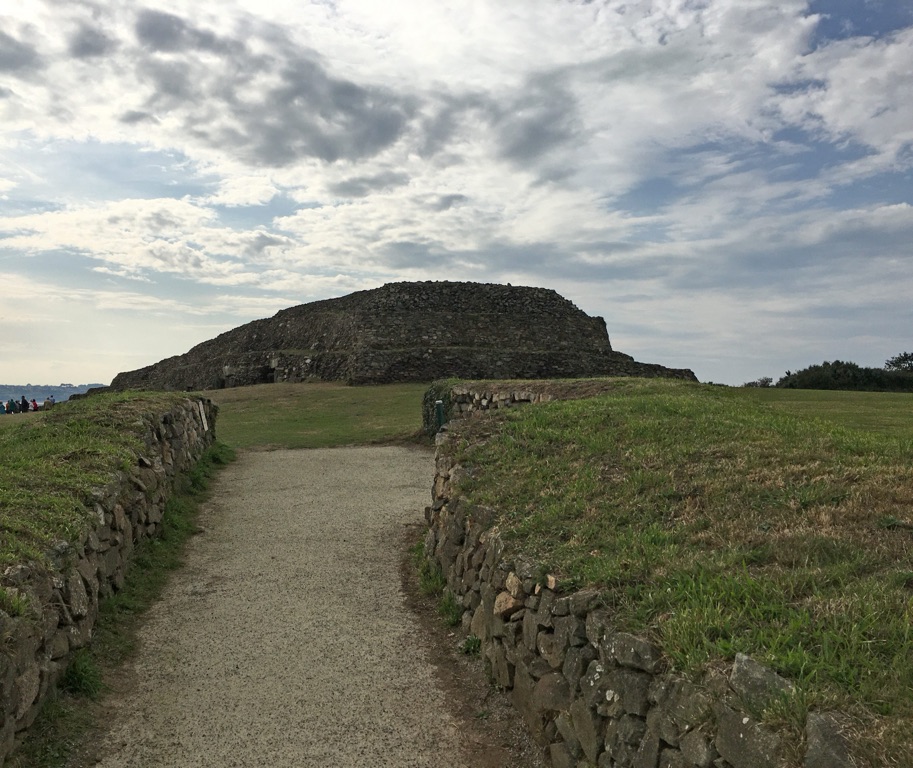Summary
Introduction to Cairn of Barnenez
Located in Brittany, France, the Cairn of Barnenez stands as one of the most remarkable prehistoric monuments in Europe. Dating back to around 4500 BC, it consists of two separate but adjoining cairns, which form an imposing megalithic structure. The site spans 75 meters in length and reaches eight meters in height, showcasing an impressive architectural feat for its time. Its numerous chambers and intricate stone carvings reveal important insights into the rituals and beliefs of its Neolithic creators. Visitors to Cairn of Barnenez often marvel at the artistry and construction skills evoked by the ancient builders through this enduring legacy.
Get your dose of History via Email
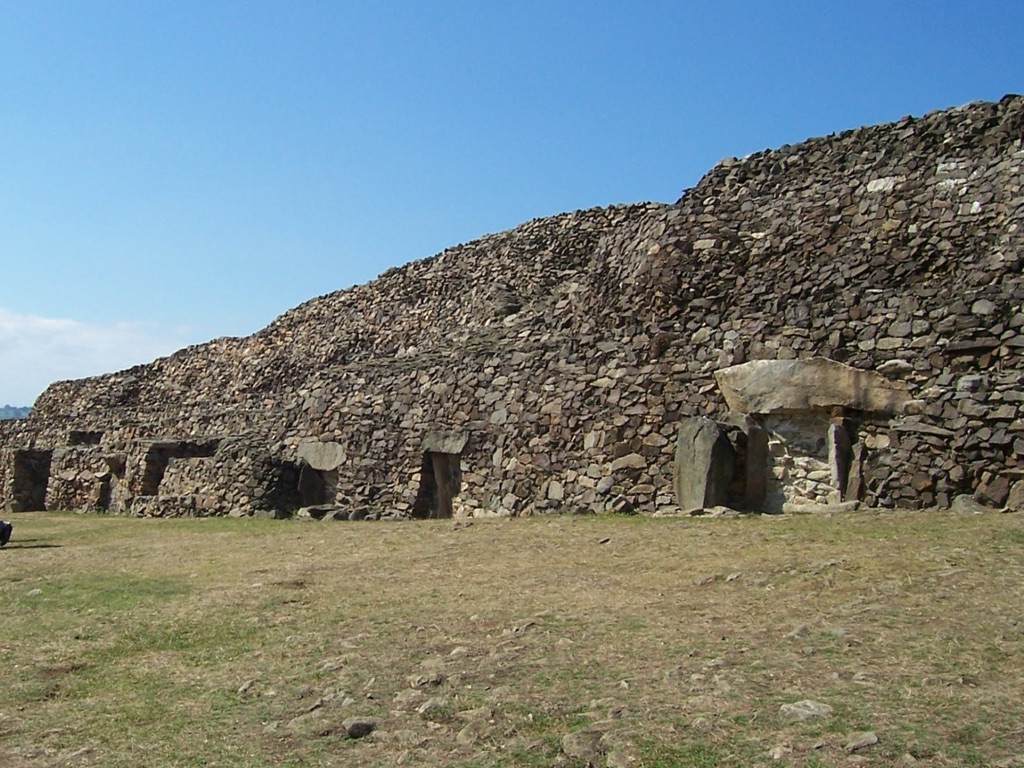
Archaeological Significance
The Cairn of Barnenez is not only a visual marvel but also an archaeological treasure. Excavations have unearthed various artifacts, including stone tools and pottery, affirming the site’s significance as a ceremonial burial ground. The cairn’s layout and artifacts suggest a societal structure and cultural practices that hold secrets to the life of early Europeans. Its enduring structure has provided contemporary society with tangible connections to our distant ancestors and their ways of commemorating the deceased. Research and preservation efforts continue at Cairn of Barnenez, adding to the rich tapestry of human history.
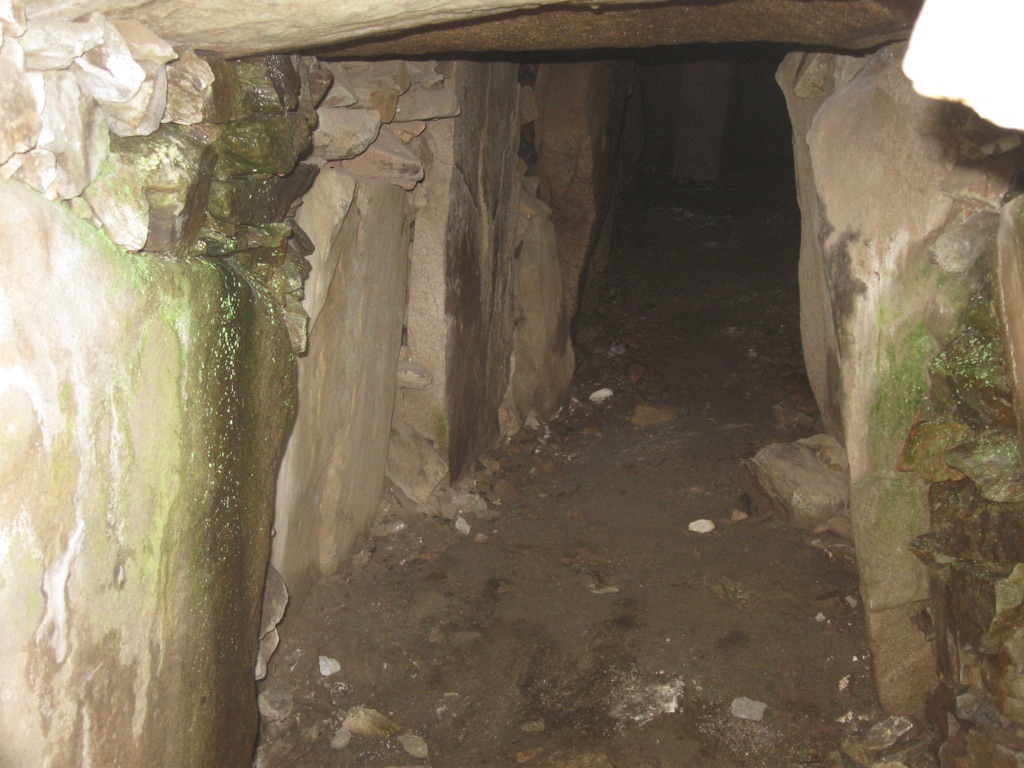
Visiting and Preserving the Site
Today, the Cairn of Barnenez is accessible to the public, offering a unique journey through time. It is essential, however, to balance tourism with preservation. Visitors can walk around the stone monument and immerse themselves in the silent storytelling of its ancient stones. Educational materials and guided tours contribute to an enriching experience. As an irreplaceable link to our prehistoric past, it’s vital to preserve Cairn of Barnenez for future generations. Efforts include protective measures to prevent erosion and damage, ensuring that this monument continues to inform and inspire.
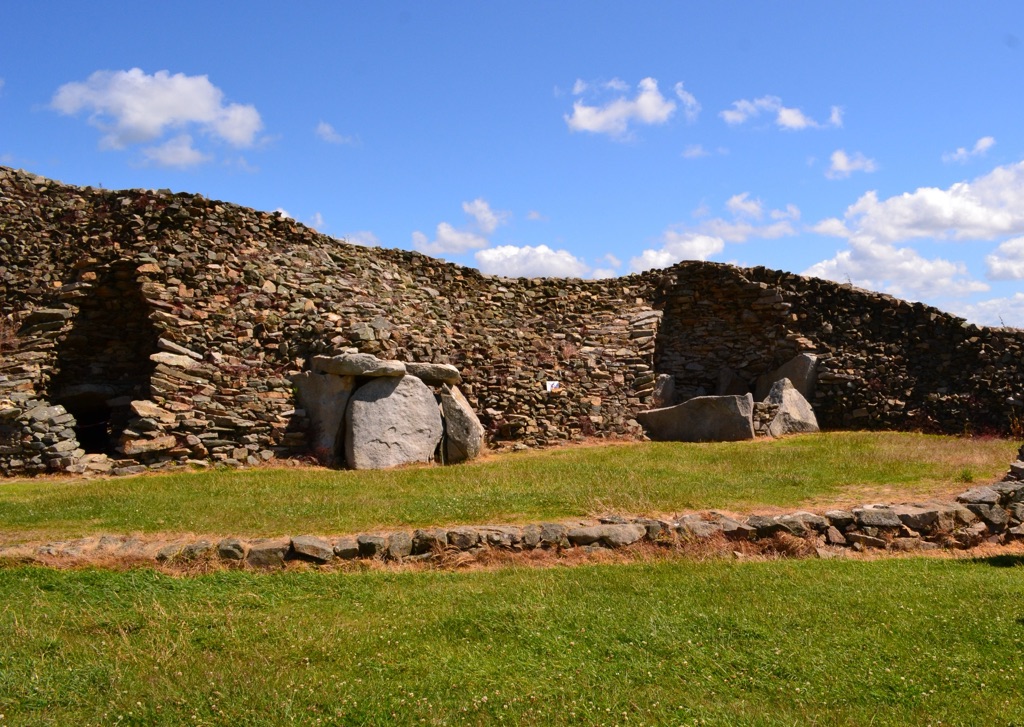
Historical Background of Cairn of Barnenez
Neolithic Marvel in Brittany
As one of Europe’s oldest and largest megalithic mausoleums, the Cairn of Barnenez embodies a rich prehistoric legacy. Situated on the Kernéléhen peninsula in Finistère, northwestern France, this neolithic structure dates back to around 4500 BC. Built by early agrarian communities, it symbolizes a monumental shift in human settlement and societal organization. The structure exemplifies the advanced masonry skills of its builders, who meticulously arranged large stone slabs to create the site’s distinct chambers and passageways.
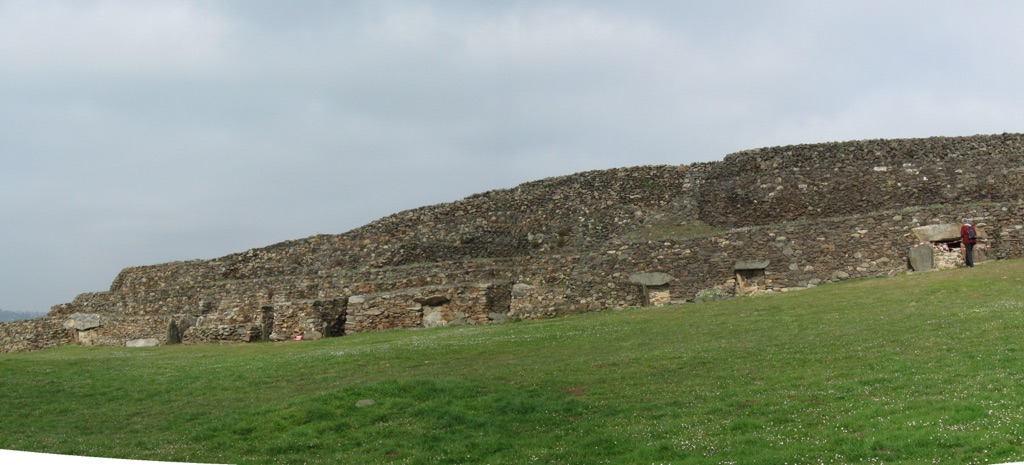
Architectural Ingenuity of the Ancients
The Cairn of Barnenez comprises eleven dolmens, also known as burial chambers, linked together by a long corridor of stones. Remarkably, the builders used over 14,000 tons of stone to construct the site, with some individual slabs weighing up to several tonnes. The architectural complexity of the Cairn reflects a high level of social and technical expertise. It stands as a testament to the neolithic society’s ability to manipulate and transport massive stone blocks without the aid of modern machinery.
With its dual structure separated into east and west sections, researchers surmise that the cairn served multiple purposes. Beyond its primary function as a burial site, it may have been a space for ceremonies or community gatherings. The passage tombs within the Cairn are oriented towards the rising and setting sun at critical times of the year, suggesting a deep connection with astronomical events and cycles.
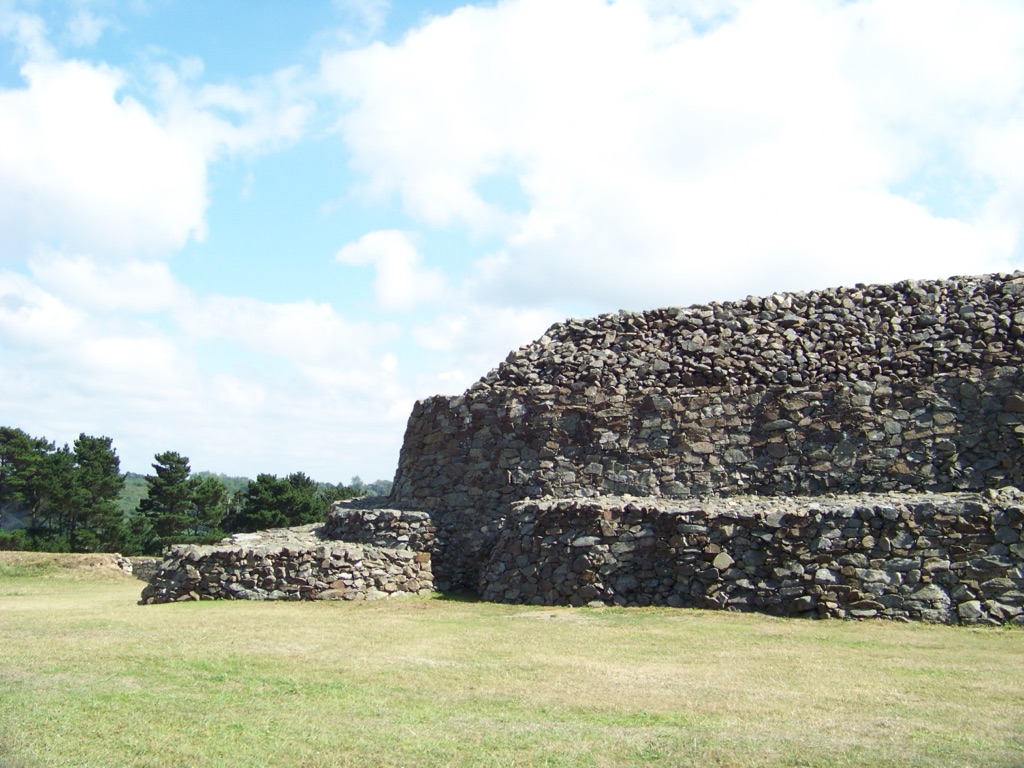
Enigmatic Carvings and Artifacts
Beyond its grandeur, the Cairn of Barnenez intrigues with enigmatic carvings spread throughout the stones. These include various geometric shapes, axes, and even human representations. The presence of such patterns provides a window into the artistic expression and symbolic practices of Neolithic peoples. Archaeological investigations have yielded several artifacts, such as shards of pottery and flint tools, enhancing our understanding of the ancient inhabitants and their customs.
Insights from these findings paint a picture of a society with specialized roles and a collective effort towards constructing enduring monuments. The craftsmanship and scale of the Cairn indicate a form of tribute to important community members or leaders, with its preservation ensuring their remembrance through the ages.
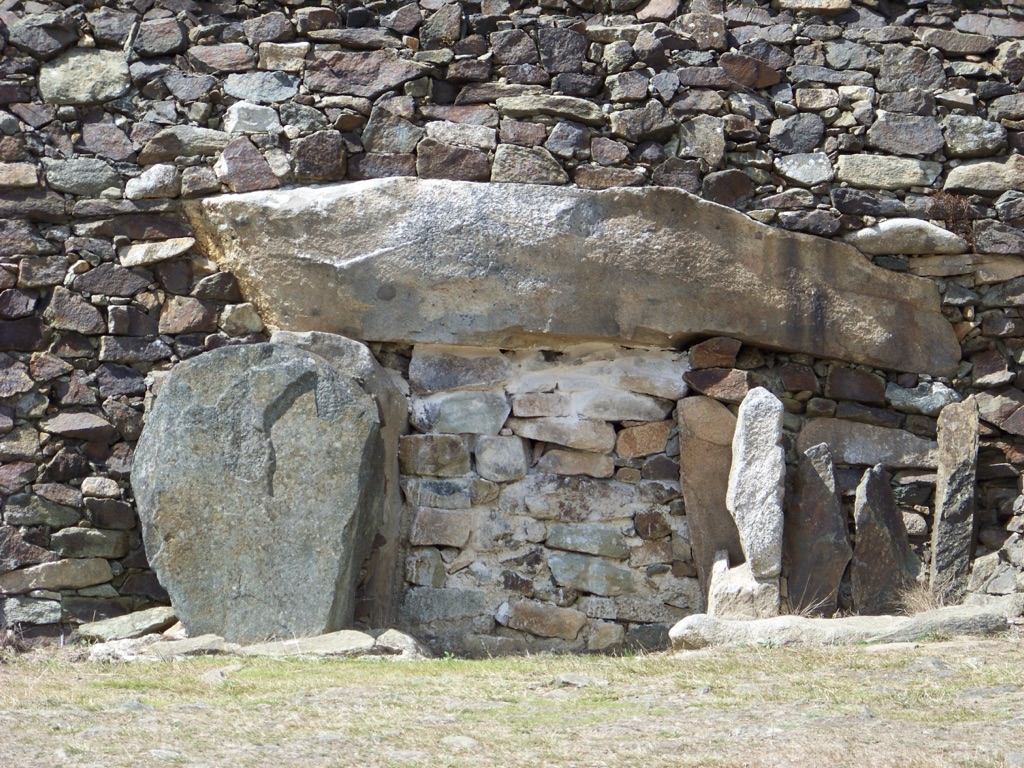
Preservation and Study for Future Generations
Recognizing the Cairn’s historical importance, conservation efforts are ongoing to maintain the structure’s integrity. Exposure to the elements over millennia poses a threat to the cairn’s stability. Protective measures and careful management ensure that it remains a valuable source of knowledge and a revered site for visitors. Through continued study and preservation, the Cairn of Barnenez offers an enduring connection to our past, holding lessons about human ingenuity and cultural evolution that remain relevant in the present day.
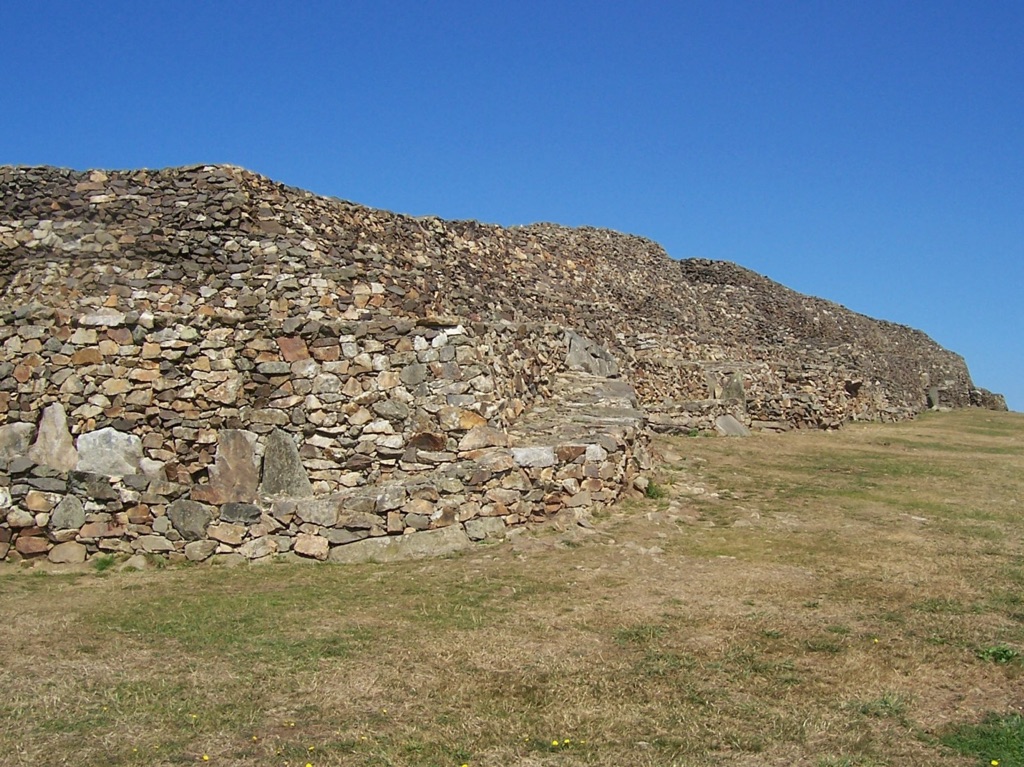
The Discovery of Cairn of Barnenez
Unveiling a Prehistoric Treasure
In 1955, the Cairn of Barnenez was accidentally discovered during quarrying activities in Brittany, France. Instead of an expected stone deposit, workers stumbled upon an ancient structure. This prompted further investigation. Local historian Pierre-Roland Giot recognized the significance of the site. He spearheaded efforts to explore its depths. It quickly became clear that the Cairn was a remarkable find, shedding light on Neolithic life and death rituals.
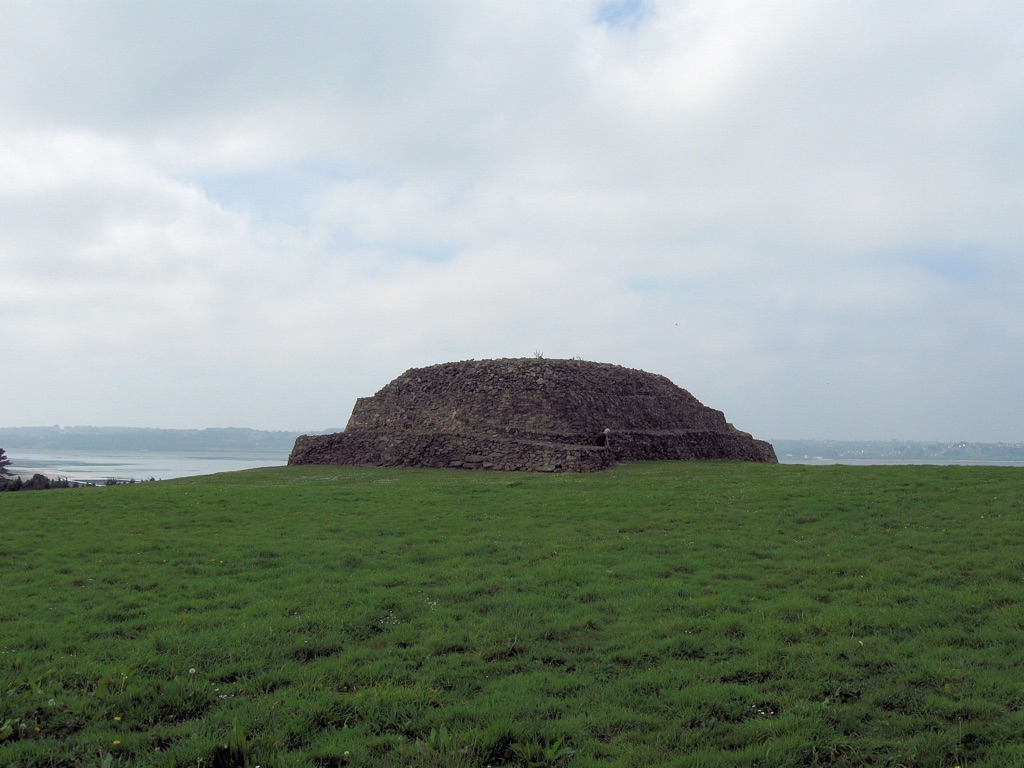
The Role of Pierre-Roland Giot
Pierre-Roland Giot was key in transforming the accidental discovery into a full-fledged archaeological sensation. His experience in prehistoric archaeology made him an invaluable asset. Giot ensured that the site received the attention it deserved. Under his guidance, the site turned from a quarry into an excavation ground. Through meticulous research, Giot and his team began to peel back layers of history that the Cairn of Barnenez had safeguarded for millennia.
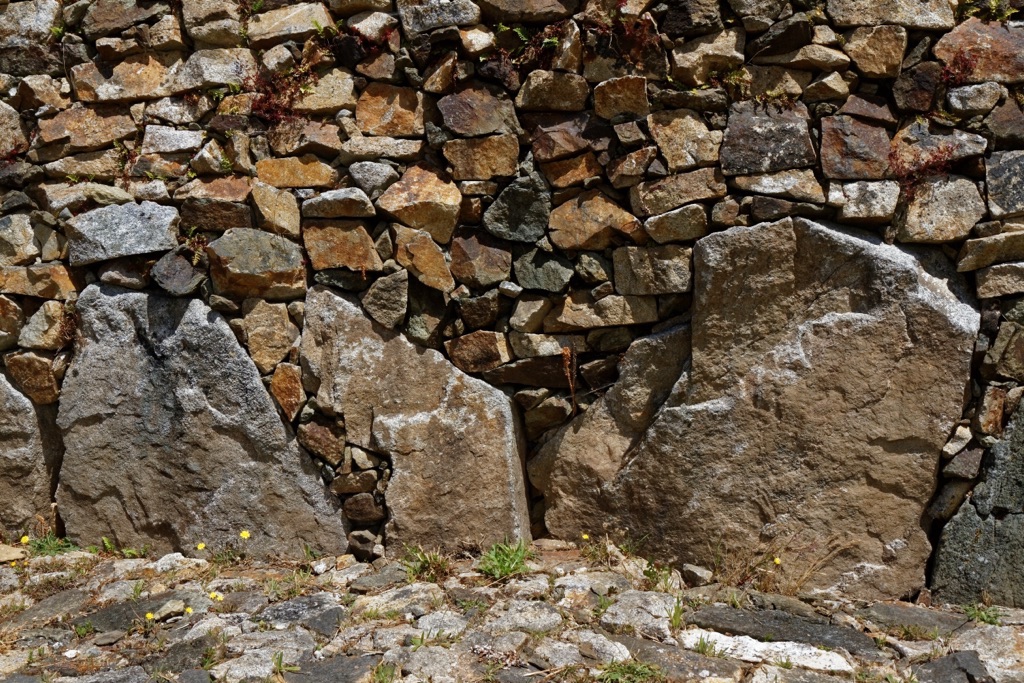
They soon revealed that the cairn dated back to around 4500 BC. Its construction spanned several centuries, making it one of the oldest standing structures in Europe. The richness of the find stirred both public and academic interest, leading to increased measures to protect the site.
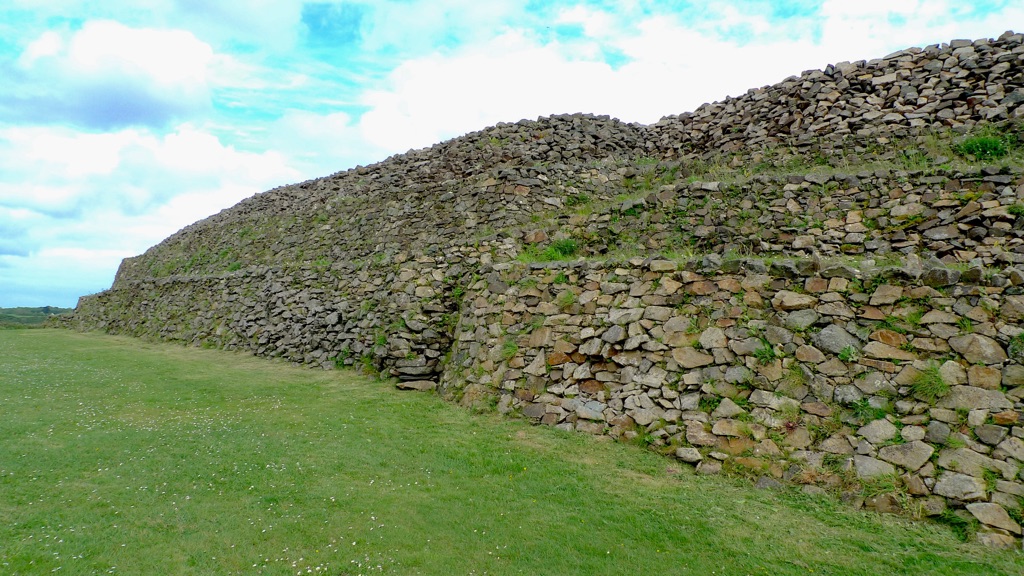
Preservation Efforts and Recognition
Given the Cairn of Barnenez’s historical significance, actions were swiftly taken to preserve the site. After the initial discovery, the French government promptly classified it as a historical monument in 1956. This quick response was instrumental in halting the quarrying that could have destroyed the cairn completely. Pierre-Roland Giot continued to play a crucial role, advocating for the site’s conservation and ensuring its legacy for future study and public appreciation.
Since its discovery, the Cairn of Barnenez has been a focal point for understanding the Neolithic period in Europe. Its existence poses questions about the social, spiritual, and everyday lives of the people who built it. The site has also provided invaluable archaeological information, such as construction techniques and burial customs, offering a glimpse into a time long past.
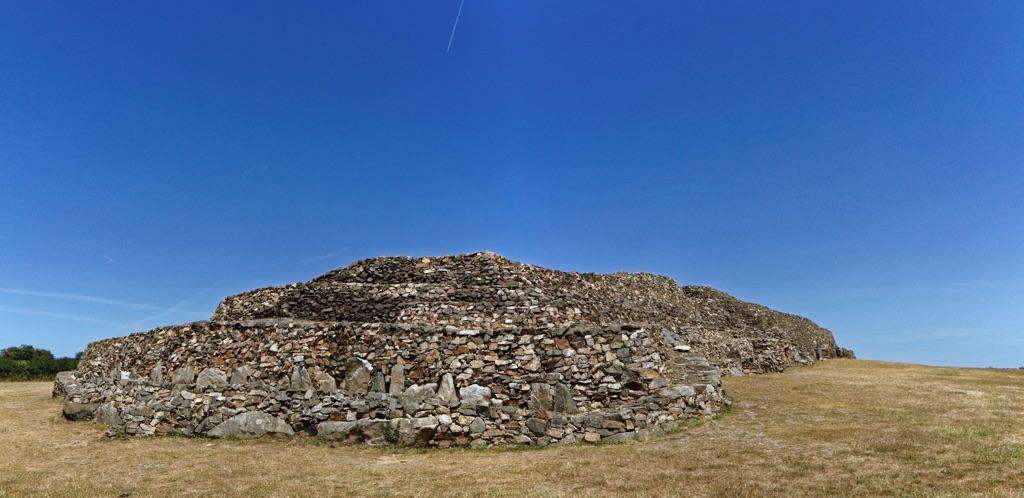
The Cairn of Barnenez stands today not only as a historical artifact but also as a symbol of successful preservation and the importance of valuing our shared heritage. Its discovery, thanks to a fortunate accident and the dedication of individuals like Pierre-Roland Giot, allows us to connect with the legacies of ancient human societies. It continues to intrigue and educate visitors from around the world about the complexity and depth of prehistoric cultures.
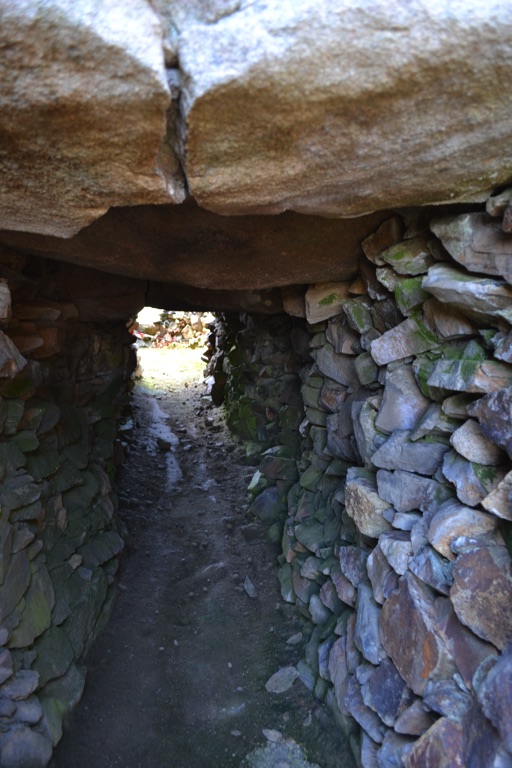
Cultural Significance, Dating methods, Theories and Interpretations
Cultural Impact of Cairn of Barnenez
The Cairn of Barnenez holds a special place in the cultural landscape of Brittany and beyond. As one of Europe’s earliest megalithic monuments, it has served as a source of inspiration for stories and research. Local folklore has long been entwined with the monument, sometimes alluding to it as the “House of Dwarves.” Historically, it reflects a period where communities were moving from nomadic lifestyles to established agricultural settlements, which allowed for such grand undertakings.
This ancient structure has contributed significantly to our understanding of Neolithic societies. As a testament to human creativity and determination, it underlines our ancestors’ ability to organize, plan, and execute complex projects. This cairn stands as a symbol of ancient artistry, with elaborate carvings suggesting a rich cultural and spiritual life. Uncovering these facets helps us appreciate the sophistication of societies that thrived thousands of years ago.
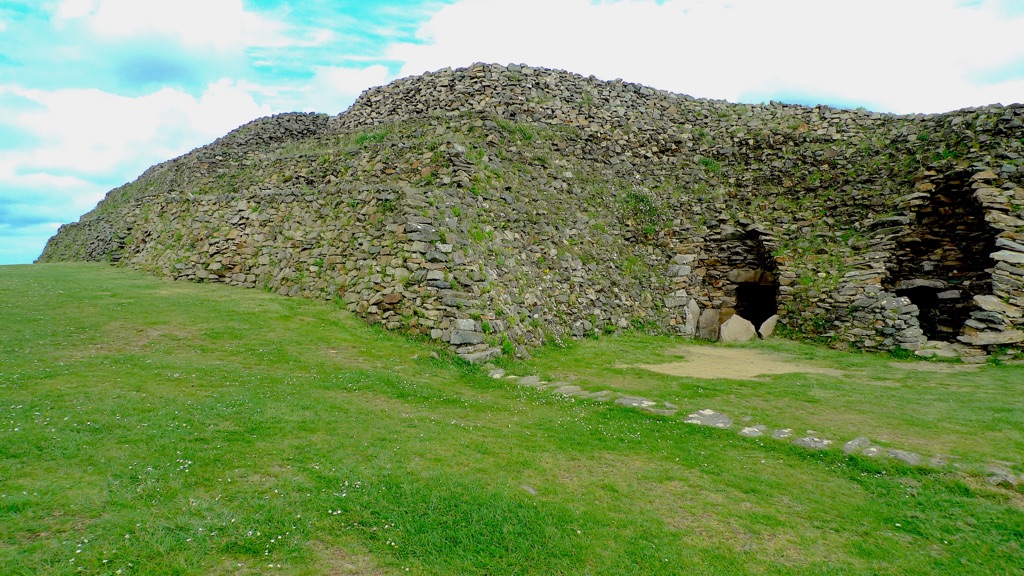
Revealing the Past: Dating the Cairn of Barnenez
Scientists have employed various methods to date the Cairn of Barnenez, discerning its origin and use over time. Radiocarbon dating of organic materials, such as wood and charcoal found in the cairn, has been fundamental in establishing its antiquity. Additionally, the comparison of pottery styles and tools with other dated sites in Europe has provided supporting evidence of its construction era.
These methods collectively place the inception of the structure’s construction to around 4500 BC. However, successive changes and additions to the site’s layout also reveal that the Cairn was in use for several centuries, allowing researchers to understand the evolution of neolithic mortuary practices and architecture.
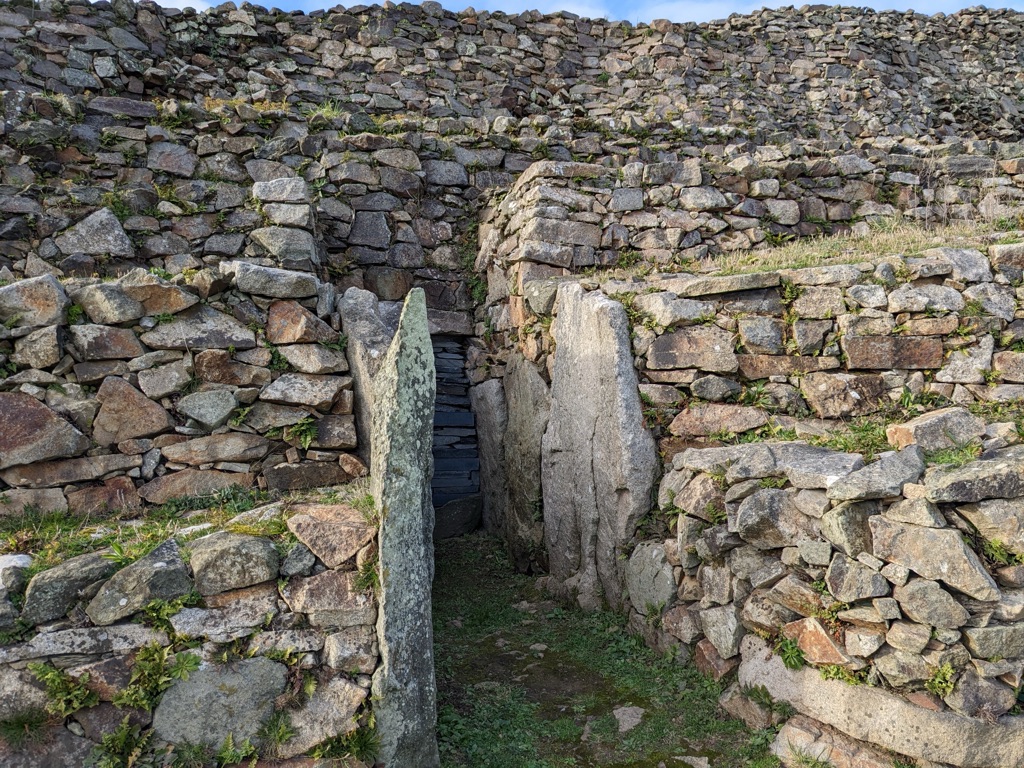
Theories and Interpretations of the Cairn of Barnenez’s Purpose
The Cairn of Barnenez’s function has been the subject of various theories and interpretations. Some scholars suggest it was used as a communal burial place, a sacred space for the dead to transition to the afterlife. The orientation of the dolmens towards the sun may indicate the significance of celestial bodies in ritual practices.
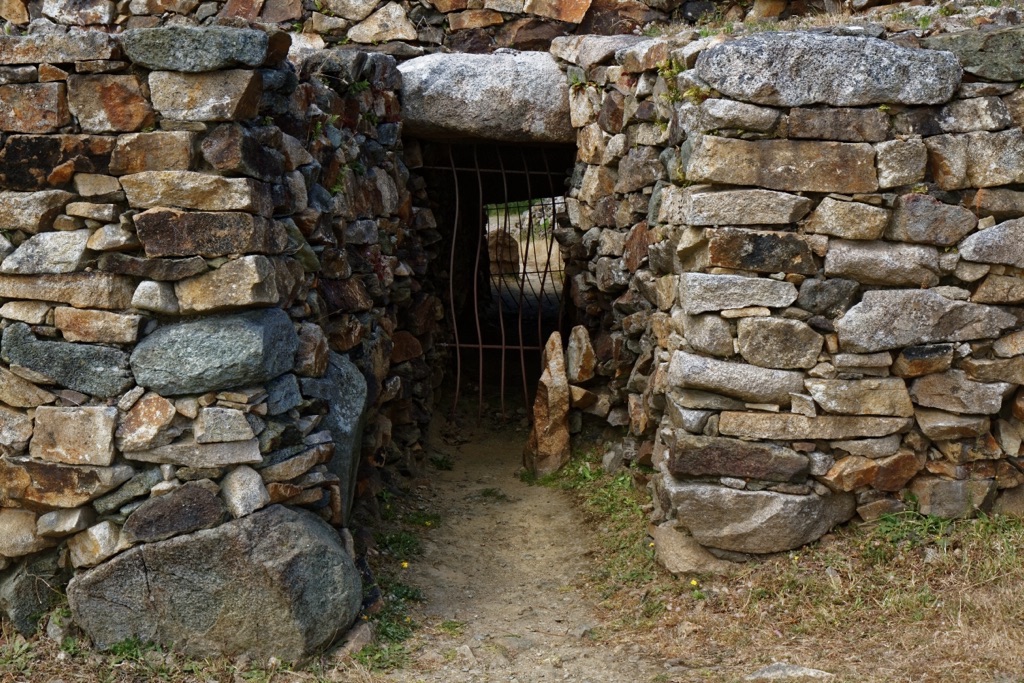
Others propose that the cairn served as a territorial marker, a permanent imprint of a community asserting its presence in the landscape. Its visibility from the sea could have guided travelers and thus played a role in trade and communication networks. Despite these theories, some aspects of the cairn’s original purpose remain a mystery, leaving room for further exploration and interpretation.
Indeed, the Cairn of Barnenez continues to captivate researchers and visitors alike. It remains a canvas for interpreting the distant past, each study adding to the narrative of prehistoric Europe and the people who once walked its lands. As an architectural marvel and historical enigma, it will likely inspire inquiry and admiration for generations to come.
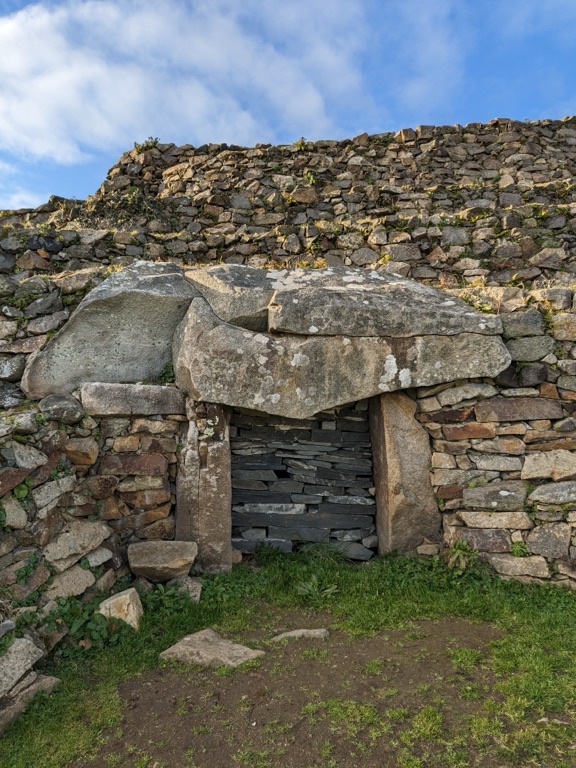
Conclusion and Sources
In the grand narrative of human history, the Cairn of Barnenez represents a fascinating chapter of prehistoric times, offering a glimpse into the architectural, cultural, and spiritual lives of Neolithic societies. The structure’s impressive scale and sophisticated construction reflect the organized and complex nature of the community that built it. Despite the theories and interpretations that aim to define its precise purpose, the cairn continues to hold onto some of its ancient mysteries. As a cultural treasure, it stands as a testament to humanity’s early achievements in building and symbolism. Preserving this monument ensures that future generations can continue to learn from and be inspired by the pioneering spirit of their ancestors, who managed to create such enduring legacies without the technologies we take for granted today.
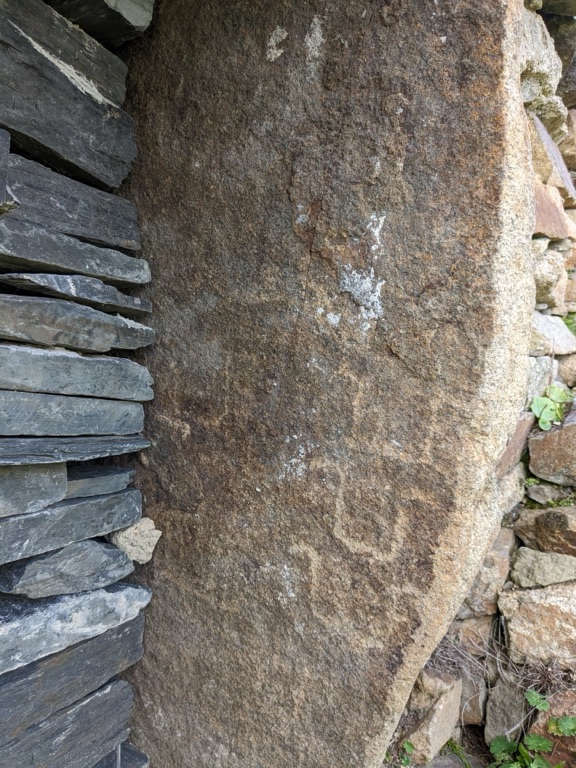
For further reading and to validate the information presented in this article, the following sources are recommended:
Or you can check any of these reputable archaeological and historical texts:
Giot, P-R. (1960). ‘La Découverte du Cairn de Barnenez’. ‘Bulletin de la Société préhistorique française’, 57(7-8), 409-422.
Cassen, S. (1994). ‘Symbolism and Belief in Neolithic Brittany: The Visual Evidence from Megalithic Art’. ‘Cambridge Archaeological Journal’, 4(2), 225-242.
Morbihan, V. (2005). ‘Megaliths of Brittany’. ‘Goyen Editions’, 1st ed. ISBN 2-910490-63-3.
L’Helgouach, J. (1991). ‘The Megalithic Monuments of Brittany’. ‘Éditions Jean-Paul Gisserot’. ISBN 2-87747-065-2.
Burl, A. (1993). ‘From Carnac to Callanish: The Prehistoric Stone Rows and Avenues of Britain, Ireland, and Brittany’. ‘Yale University Press’. ISBN 0-300-05575-7.

